Search
Did you mean: Pylos?
Search Results

Article
Egyptian Afterlife - The Field of Reeds
The ancient Egyptians believed that life on earth was only one part of an eternal journey which ended, not in death, but in everlasting joy. When one's body failed, the soul did not die with it but continued on toward an afterlife where one...
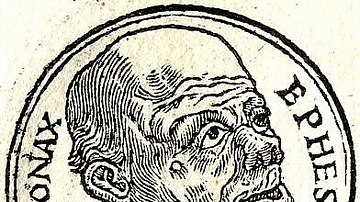
Article
Hipponax & Misogyny in Ancient Greece
It has always been recognized that women in the ancient world were considered only a little higher in value than the man's cattle or plow and, sometimes, not even accorded that kind of respect. Examples of misogynistic attitudes toward women...
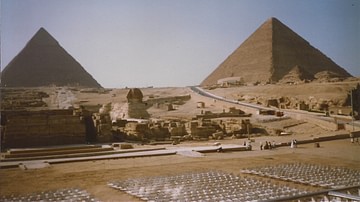
Article
Ten Ancient Egypt Facts You Need to Know
Ancient Egypt is defined as the civilization which flourished in North Africa between c. 6000-30 BCE – from the Predynastic Period in Egypt (c. 6000 - c. 3150 BCE) through the Ptolemaic Dynasty (323-30 BCE) before Egypt became a province...
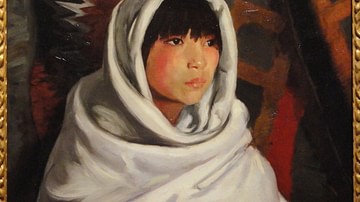
Article
The Ghost Bride
The Ghost Bride is a story from the Pawnee nation on the danger of interacting with ghosts but also emphasizes the importance of keeping one's word, whether with the living or the dead. The young man in the tale does not know he is dealing...
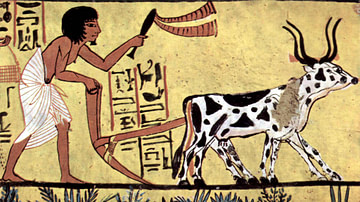
Image
Plowing Egyptian Farmer
Plowing farmer from the burial chamber of Sennedjem, c. 1200 BCE. "Sennedjem" plowing: (1st and 2nd column in front: "Behold"-(i+Crown), "plowing-by-Hand-(earth), in Osiris's House-Two Lands(of Egypt), col 2: "Sennedjem, ..."True of Voice")-The...
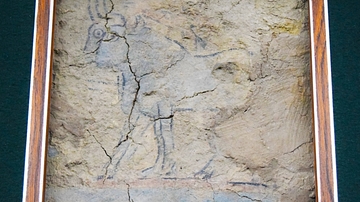
Image
Urartian Mural Fragment of Two Bulls
This mural fragment of two bulls pulling a plow once adorned the large palace hall at Erebuni Fortress. It dates from the 8th century BCE when the area was under Urartian control. (Erebuni Historical and Archaeological Culture Preserve, Yerevan...